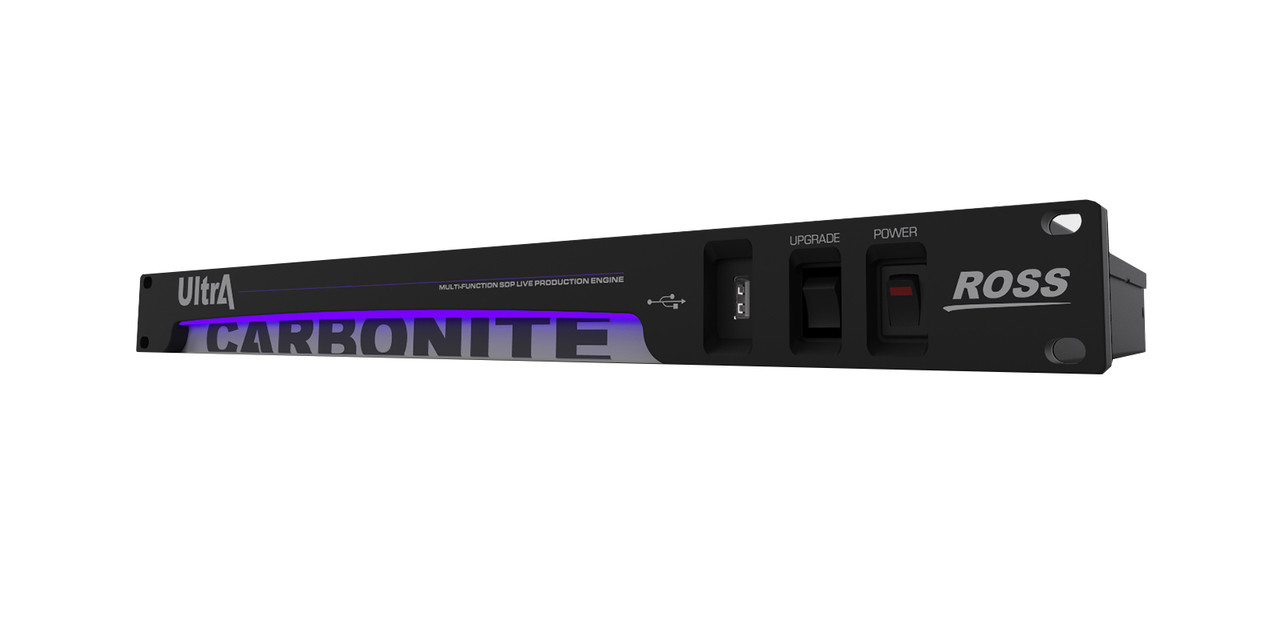

Silverton Partners’ Flager thinks remote work shifts the playing field some because it allows workers more choice with respect to where they want to live versus where they have to live to get the job they want. That will give the city more time to develop the additional transportation infrastructure it needs to handle the continued growth, Engineer said. He believes r emote work could ease some of Austin’s growing pains as workers will commute fewer days per week. How do you see these factors impacting the city’s tech evolution?Įric Engineer of S3 Ventures says that talented people are choosing Austin because of all it has to offer from a lifestyle perspective – not just the job. This means that some offices will disappear from Austin, even with more companies moving in, but also more locals who work remotely for companies elsewhere.

Remote work is pushing and pulling the global workforce. As such, we feel the Austin startup scene is poised to grow faster than ever before.”įloreani of Next Coast Ventures projects that in five years, Austin will see signs of a maturity of the current market with potentially half a dozen unicorns and half a dozen startups finally going public.

Besides big tech talent and the continued maturation of the current startup ecosystem that is already underway, we will all continue to spawn an even greater number of incredible category leaders in the years to come. “This domain knowledge when cross-pollinated with the surging tech talent from big tech and startups has already had a multiplicative effect and is further accelerating entrepreneurial activity,” he said. LiveOak Ventures’ Srinivasa points out that Texas has tremendous number of Fortune 500 companies and, as a result, folks with deep domain in major industries such as energy, healthcare, real estate, hospitality and retail. It really could go any direction,” he says. “There are so many companies of so many different sizes doing so many different things, and there isn’t really a unifying characteristic beyond growth and innovation. Unorthodox Ventures Founding Contrarian Carey Smith hesitates to predict, noting that it’s hard enough just to characterize the scene as it is right now. Two of the big signs of this, he predicted, will be a new cohort of Austin unicorns from the likes of Aceable, Apptronik, Disco, Eagle Eye, Everlywell, ICON, and Zen Business combined with big Series A funding rounds of the likes the city has not seen since the days when there was only one big VC firm in town called Austin Ventures. Joshua Baer of Capital Factory believes that in 5 years from now, Austin will have gone from “up and coming” to “arrived” and from the top of the Tier 2 cities to a competitive Tier 1 city. If we continue to hold on to that core philosophy as we grow, we’re in for an amazing future.” Austin is a place where people want to succeed by helping their community succeed, and they aren’t willing to sacrifice the former for the latter. “But we are just one organization, and now we are joined by many others who are also betting on Austin and want to do their part to make this ecosystem better…Moving forward, a critical component of success is fostering this existing philosophy of community collaboration, which has already played a part in making Austin such an attractive place to be. “We’ve always felt that if Austin wins, we win, and that’s how we’ve run our business,” he says. Morgan Flager of 16-year-old Silverton Partners says since Silverton’s inception more than 16 years ago, the state’s largest VC firm has always bet on Austin and, more broadly, on Texas.

As more talented people move to Texas, more capital will follow them, which will then attract more talent, and so on,” he said. “Tech ecosystems benefit from virtuous cycles. How will it add up to something more than the sum of the parts?Įric Engineer of S3 Ventures believes that by 2030, the Texas startup ecosystem could be the country’s second largest. Where do you see Austin’s startup scene five years from now? The city has attracted a wide range of people over the years, including more big tech and startups very recently. Krishna Srinivasan, LiveOak Venture Partners.What follows is a survey of some of the top VCs in the city and their projections about the growth of Austin’s ecosystem. While software is still big here, a number of other sectors are growing including CPG (consumer packaged goods) and real estate tech, among others. At one point, Austin was once a big enterprise software city. The comparisons to the Bay Area abound - from the burgeoning and maturing startup scene to an overheated and competitive housing market.Īll the while, venture capitalists see several key areas of opportunities.


 0 kommentar(er)
0 kommentar(er)
